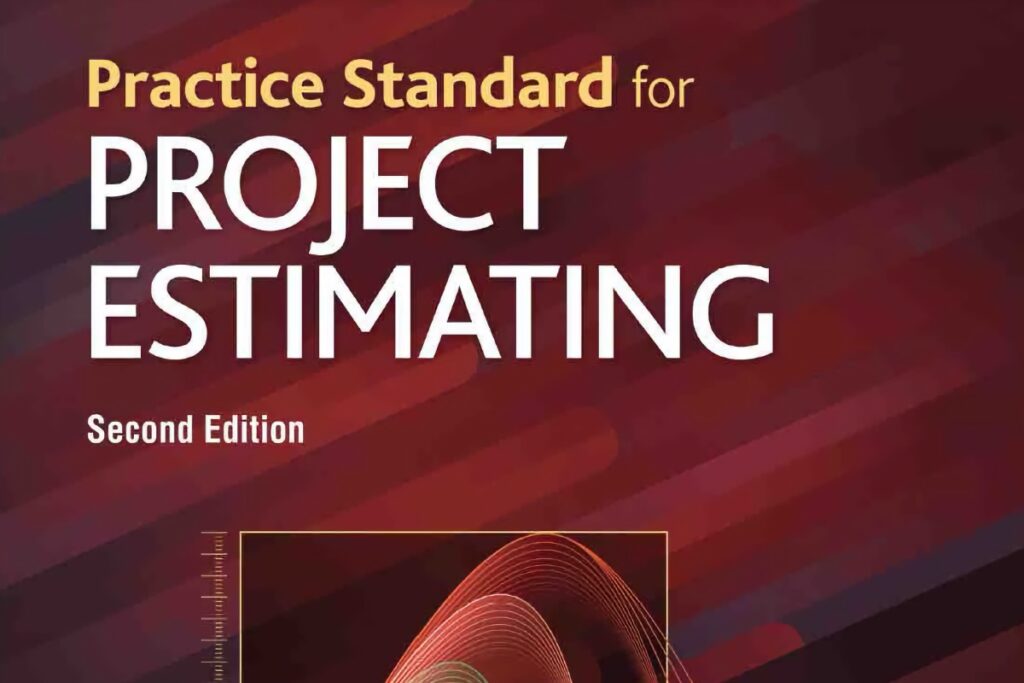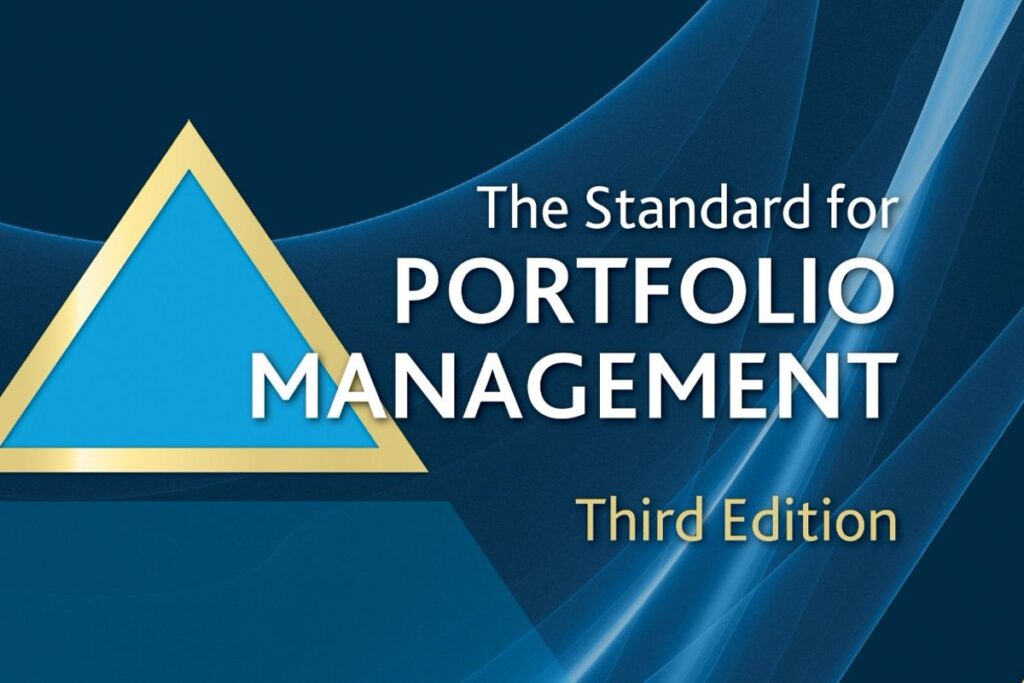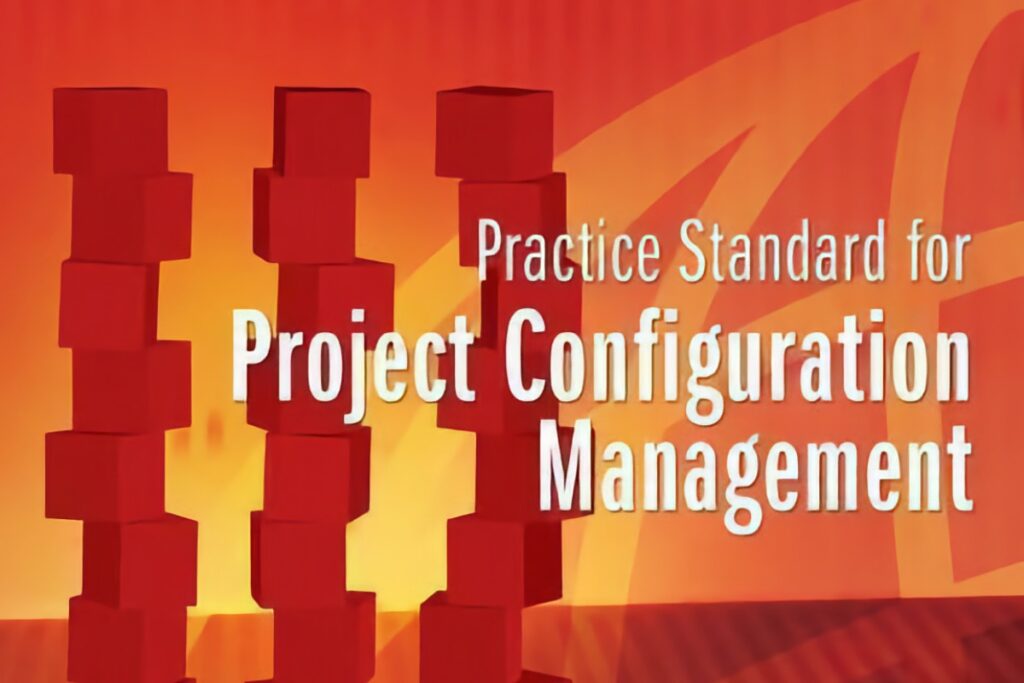Effective project planning begins—and often fails—with estimating. Time, cost, and resource estimates form the basis of every schedule, budget, and commitment made to stakeholders. Yet inaccurate or inconsistent estimates remain one of the most persistent risks in project delivery. To address this, the Project Management Institute (PMI) published the Practice Standard for Project Estimating, offering project professionals a structured, practical framework for improving estimate accuracy, consistency, and reliability across all project types.
Released in 2011, this standard fills a critical gap between high-level planning and hands-on execution by introducing standardized estimating practices that can be applied across industries, methodologies, and project sizes.
Who Should Use This Standard?
This guide is invaluable for:
- Project and program managers who develop and validate estimates.
- Estimators and planners working in cost control, scheduling, or procurement.
- PMO leaders establishing estimation governance or templates.
- Sponsors and stakeholders evaluating proposal credibility or budget requests.
Whether you work in engineering, construction, IT, R&D, product development, or services, this standard provides universal estimating principles.
Purpose and Objectives
The guide focuses on three goals:
- Standardize estimating terminology and processes
- Improve estimate quality and stakeholder confidence
- Support integration with scheduling, budgeting, and risk planning
It addresses both deterministic and probabilistic estimating, with application in predictive, iterative, and hybrid delivery models.
Structure of the Standard
The guide is structured into six core sections:
1. Introduction to Estimating
- Defines estimating, its importance, and common misconceptions.
- Distinguishes between estimates, budgets, and forecasts.
2. Estimating Principles and Guidelines
- Introduces foundational estimating principles:
- Use historical data and expert judgment.
- Document assumptions and risks.
- Validate and adjust estimates.
- Establishes a four-stage estimating process:
- Preparation
- Creation
- Validation
- Documentation
3. Estimating Methods
Explains common estimating techniques, including:
| Method | Description |
|---|---|
| Analogous | Based on historical projects |
| Parametric | Based on statistical relationships |
| Three-point (PERT) | Incorporates uncertainty |
| Bottom-up | Granular work package-level estimating |
| Expert judgment | Based on SMEs or experienced teams |
| Vendor bid analysis | Uses quotes or RFIs from suppliers |
Each method includes application guidance, strengths, and weaknesses.
4. Estimation Types
- Effort estimates: How much work is needed
- Duration estimates: How long it will take
- Cost estimates: Budget required
- Resource estimates: Type and quantity of labor, equipment, or materials
5. Factors Influencing Estimates
Addresses:
- Complexity
- Scope clarity
- Organizational culture
- Risk and uncertainty
- Estimator experience
It emphasizes documenting assumptions, constraints, and confidence levels.
6. Communicating and Maintaining Estimates
Guides how to:
- Present estimates with caveats and ranges
- Update estimates as project information evolves
- Manage stakeholder expectations through transparency
Key Strengths
✅ Method-Agnostic and Industry-Neutral
The standard works equally well for construction, IT, product development, and service delivery.
✅ Supports Progressive Elaboration
Introduces Class 5 to Class 1 estimates, showing how estimate accuracy improves over time—from rough order of magnitude (ROM) to definitive estimates.
✅ Integrates with PMBOK® Guide and EVM
Estimates generated using this standard feed into WBS, schedules, budgets, and earned value systems, ensuring holistic planning.
✅ Encourages Transparency
Stresses the importance of documenting assumptions, methodologies, data sources, and uncertainty, which boosts credibility with sponsors and auditors.
✅ Prepares for Agile and Hybrid Use
Although written before PMI fully embraced agile, the standard encourages iterative refinement, making it compatible with modern hybrid planning.
Limitations
❌ Lacks Agile-Specific Examples
There’s no direct discussion of story points, velocity, or release planning, which are core to Agile estimation.
❌ Light on Tool Integration
The standard does not show how to apply estimating techniques using Excel, MS Project, Monte Carlo tools, or estimating software.
❌ Dated Examples
Some of the industry references and use cases reflect pre-2010 contexts. A modern update could improve relevance for digital-first teams.
Best Use Cases
This standard is ideal for:
- Capital-intensive projects with high cost or schedule sensitivity.
- Pre-project feasibility studies and business cases.
- PMOs and consulting firms building estimation models or maturity programs.
- Organizations launching new PM practices that require consistency across teams.
Less relevant for:
- Small internal projects with low complexity and flexible budgets.
- Teams using lean/agile estimation frameworks exclusively.




